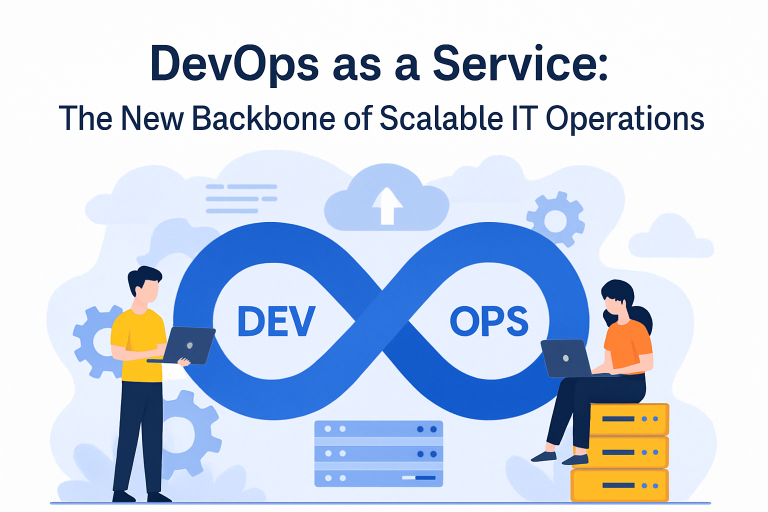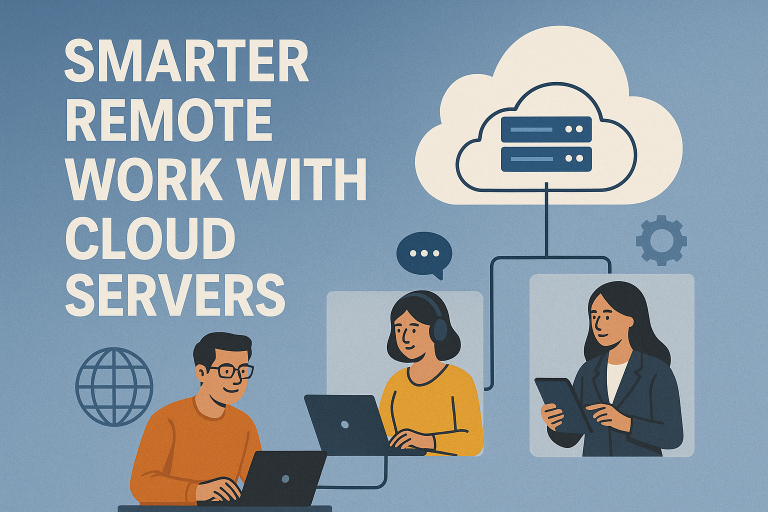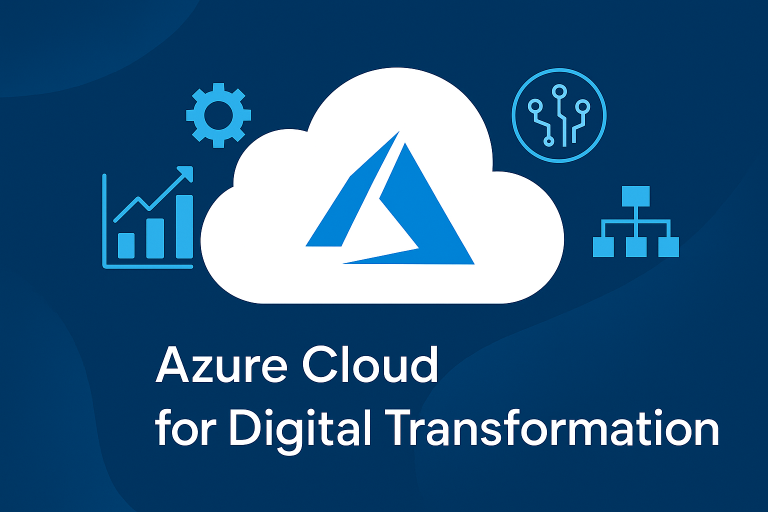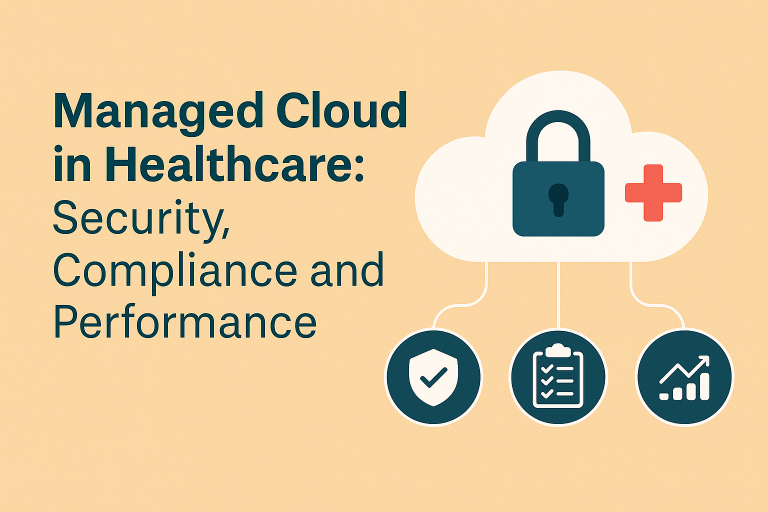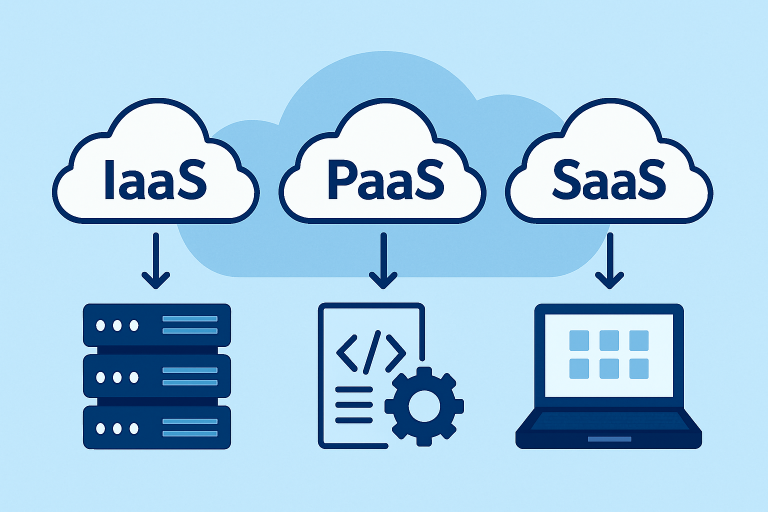
One of the latest trends in the IT industry is ‘DevOps’. Large and medium-sized businesses have already driven DevOps practice to enjoy benefits like improved productivity, easy maintainability, minimal risk, better quality, cost efficiency, and excellent results. If you also want similar organizational changes, you can consider implementing DevOps. For effective implementation of DevOps, it is important to be aware of different concepts, tools, practices, and processes involved in this. Here you can have a simple yet comprehensive guide to what DevOps is and how you can implement that in your organization from scratch.
What is DevOps?
In simple words, DevOps is a methodology or set of practices meant to improve work throughout the software development lifecycle and aims to shorten the lifecycle. The main purpose of implementing DevOps is to improve the productivity of the team and the quality of the software through better collaboration, communication, engagement, and process automation between software developers and IT operations.
How to Start Implementing DevOps from Scratch
To successfully implementing DevOps in your business, you need to start with the basics, and it is vital to know about every concept, tool, and practice. Here are seven steps to start DevOps from scratch.
Programming Language
Programming language is crucial in implementing DevOps as it enables effective management and upgrades of system resources. Moreover, with strong programming skills, you can create high-quality, error-free code that enhances optimization, scalability, and portability. For example, key languages include C, C#, Java, Python, and Ruby, while scripting languages like Perl and JavaScript are also useful.
Be Familiar with Essential Operating System (OS) Concepts
Being well aware of essential OS concepts makes you increasingly productive. It allows you to code faster and optimizes processing, memory, and disk usage. Understanding the concepts of process management, Kernel management, resource management, I/O management, memory management, virtualization, filesystem architecture, and device drivers is essential for the proper implementation of DevOps.
Cloud Deployment
Understanding cloud deployment is also crucial. It helps you configure multiple servers in DevOps, like infrastructure, application, networking, web server, database, etc. Knowledge in cloud deployment allows you to move on without rewriting configuration files and also helps to scale up and down servers dynamically. You can consider taking the help of modern software to manage your servers in an advanced manner.
Networking and Security
Knowing networking and security is essential to create a secure environment to test your functions. It also helps to establish continuous integration and delivery pipelines. Knowledge about networking tools like Ansible and Jenkins can be beneficial to configure DevOps network devices.
Learn About CI/CD Pipeline and IaC
The implement DevOps methodology, you need to be well-aware of Continuous Integration/Continuous Delivery (CI/CD), DevOps Lifecycle, and Infrastructure as Code (IaC).
DevOps Automation Tools
DevOps is all about automation. Development, configuration, log management and monitoring can be challenging and time-consuming without a proper automation tool. So, it will be helpful to adopt automation tools to eliminate limitations. Multiple automation tools are available in the market, such as Amazon Web Service (AWS), Jenkins, Prometheus, Nagios, Splunk, etc.
Get The Right Cloud Providers
Cloud services like SaaS, PaaS, and IaaS can play a crucial role in successful DevOps implementation. You need to do your research and get the best cloud partner to get essential cloud services to improve your development cycle.
Implementing DevOps: Building Your Roadmap
It is very much essential to have a sound roadmap for DevOps implementation. First, your need to set the DevOps goals and objectives as per business needs. Then you need to
Formulate your DevOps strategy to achieve your goals. Firstly, make sure your strategy includes a monitoring plan and policy. Following the planning phase, the next step is containerization. This approach facilitates the rapid application and testing of minor changes and microservices on the Ops end. Consequently, containerization significantly enhances software flexibility and reliability.
After implementing containerization, the next crucial step is integrating a CI/CD pipeline into the infrastructure. This integration is vital as it profoundly impacts the development cycle. Subsequently, focus on automation testing, which ensures rapid delivery cycles and further streamlines your DevOps processes.
QA-Dev (quality assurance and development) alignment helps developers quickly detect bugs and address the problem before software release. The next step is performance monitoring. It provides transparency to the DevOps processes. This way, you can establish a faster software development cycle and easily detect the root causes of defects during the development phases.
Best Practices for Successful Implementing DevOps
To ensure high productivity, enhanced integration and collaboration, bug-free coding, and automated testing, it is essential to follow the best DevOps practices. Therefore, here are six key practices that will help you achieve your ultimate business goals.
Evaluate Your Business Needs
First, you need your ensure whether your business actually needs this change. If you implement DevOps just as one of the latest trends without necessity, it will be a disaster. So, you need to evaluate your business needs and ensure that they align with the DevOps objectives.
Priorities Customer Satisfaction
Customer satisfaction is the center of every development process, including DevOps. You need to prioritize your customer needs, focus on them, and also keep the DevOps team on the same track.
A Baby Step at a Time
DevOps makes you break the huge chunks of projects into smaller pieces. It allows you to have smaller but faster release cycles. One small step at a time reduces the chances of mistake and provide you with the room to scale up.
Incorporate Automation in Every Possible Way
Implementing DevOps encourages automating every possible process to generate better and more efficient results. So, it is essential to identify when and where automation can be implemented. You can implement automation in several processes like code writing, resource configuration, networking, load testing, etc.
Go For Compatible Tools
Opting for the right tools is crucial. To begin with, they need to be compatible with each other and align with your IT environment. Consequently, choosing a set of appropriate tools helps minimize any conflict between your developers and operations team. By ensuring this alignment, you can streamline processes and enhance overall efficiency.
Create a Feedback Tool
Transparency is crucial for stakeholders as well as end-users trust. A feedback tool can ensure transparency between the DevOps team, stakeholders, customers, and end-users. It provides you with the opportunity to identify risks, limitations, and defects at the right time.
Conclusion:
If enthusiastic enough, you can fold your sleeves and start your work to implement DevOps in your organization following the above-mentioned steps and best practices. You can also consider consulting DevOps consulting services to get experts’ help to do the same.
